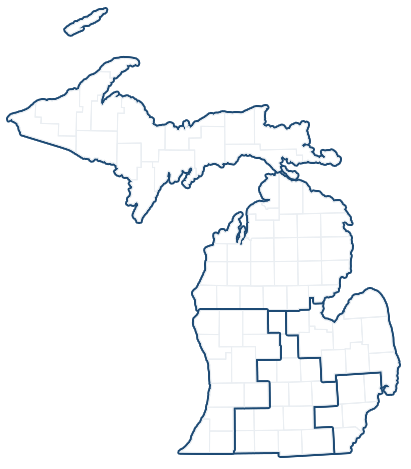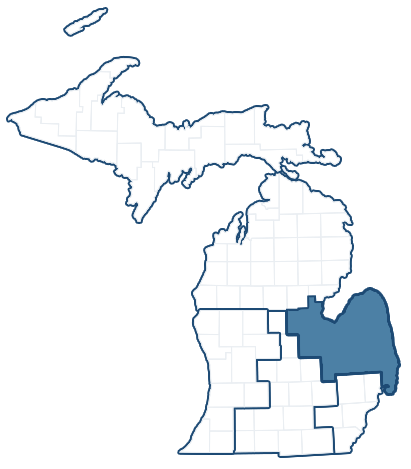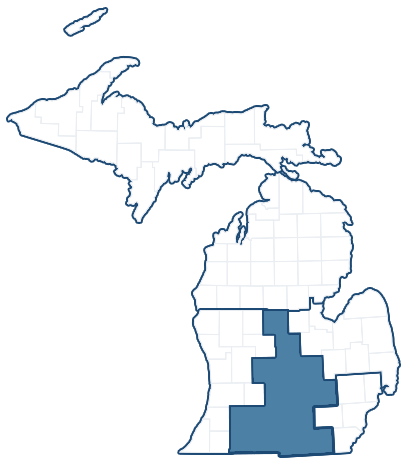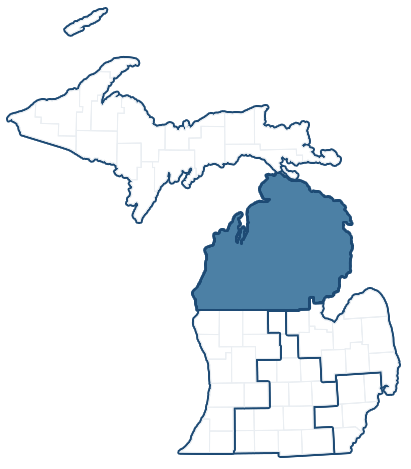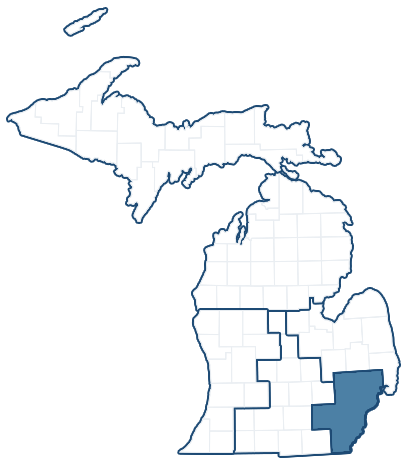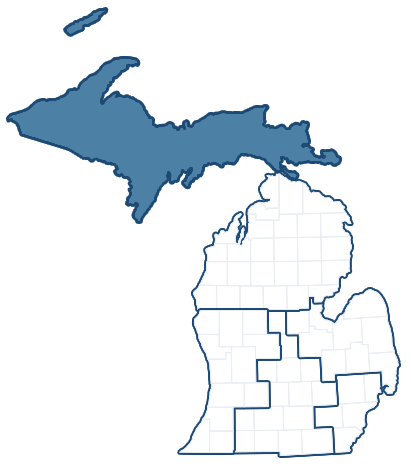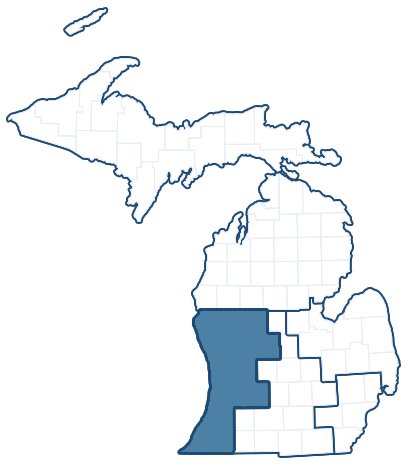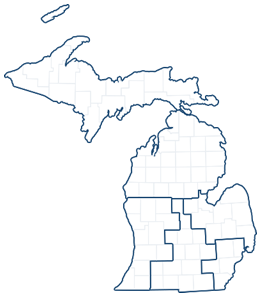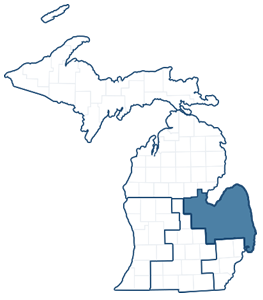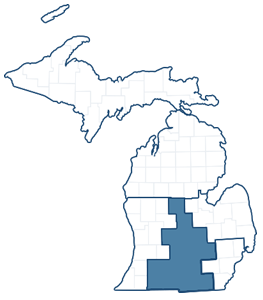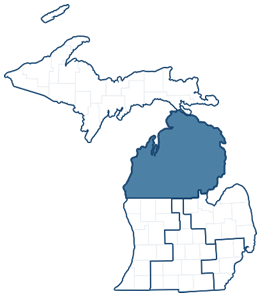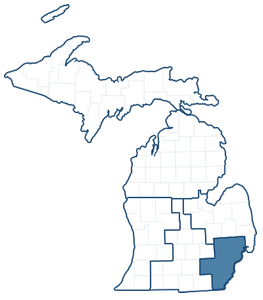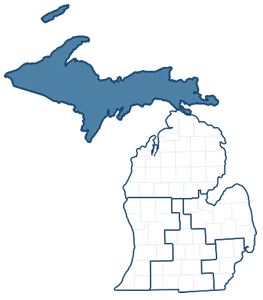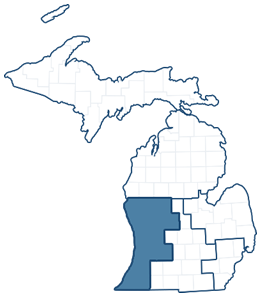Support for Businesses and Non-Profit Organizations
Small Business
The Senate Committee on Small Business & Entrepreneurship has put together this guide to help small business owners, non-profits, and other employers better understand some of the major programs and initiatives in the CARES Act and COVID-19 relief enacted in December 2020.
What support is there for small businesses and non-profits?
Paycheck Protection Program (PPP)
The Paycheck Protection Program has been extended from March 31, 2021 to May 31, 2021.
Eligible entities with 500 or fewer employees can apply for first draw loans, first enacted in the CARES Act and subsequently expanded. The program provides cash flow assistance through 100% [PBA(1] federally guaranteed loans up to $10 million to employers who maintain their payroll during this emergency. Borrower eligibility was expanded to include certain 501(c)(6) organizations, housing cooperatives, destination marketing organizations, and news organizations and not-for-profit public broadcasting entities with no more than 500 employees per location.
Smaller, harder-hit businesses and nonprofits that have received first draw loans can also apply for second draw loans. Eligible businesses are those with 300 employees or fewer, which have used or will use the full amount of their first PPP loan, and which can demonstrate revenue loss of at least 25% in 2020 as compared to 2019. Small businesses can apply for loans of up to 250% of average monthly payroll costs, capped at $2 million. For restaurant and hospitality businesses, the maximum loan amount is 350% of average monthly payroll, capped at $2 million.
What changes were made to the Paycheck Protection Program?
On February 24, 2021, President Biden announced program changes to make access to PPP loans more equitable. For more information on changes made to the program, please visit whitehouse.gov.
Similar to the CARES Act, the loans can be used to help fund payroll costs, rent, and utilities. In addition, funds can be used to pay for employee benefits, mortgage interest, HR and accounting software, worker protection costs related to COVID-19, uninsured property damage, and certain supplier costs and expenses for operations. Forgiveness of PPP loans for eligible borrowers is made available if employee and compensation levels are maintained, funds are used for eligible expenses over the first eight to 24 weeks of the loan, and at least 60% of the loan goes to payroll during this period. The forgiveness application process for loans under $150,000 has been simplified. For loans of $50,000 or less, SBA has a simplified form that requires no documentation and provides a waiver for reductions in jobs and salaries. For loans between $50,000 and $150,000, there is a simplified forgiveness process requiring borrowers to sign a one-page certification with number of employees retained, total loan amount, and estimated total amount spent on payroll costs. For more information, please visit SBA.gov to see comprehensive PPP rules.
Can ordinary business expenses be deducted with a PPP loan?
Generally, PPP loans that have been or are expected to be forgiven will not prevent businesses from deducting ordinary expenses as normal—this reverses IRS guidance that disallowed the deductions. For specific guidance, please visit IRS.gov.
Economic Injury Disaster Loan (EIDL) Program
Qualified small businesses, including agricultural businesses, and private nonprofit organizations can apply for EIDL.
Targeted EIDL Advance grants will be provided as an emergency advance of up to $10,000 to small businesses in low-income communities harmed by COVID-19 that didn’t previously receive EIDL advances because funding ran out or those that received less than $10,000. Eligible businesses must have 300 employees or fewer and a demonstrated 30% revenue loss as compared to a time period prior to the pandemic.
For more information, please visit SBA.gov.
If I am applying for PPP loan forgiveness, will my forgiveness amount be reduced by the amount that I received from my EIDL advance?
The amount of PPP forgiveness will not be reduced by receiving an EIDL Advance—this was changed by the December 2020 COVID-19 relief law. For specific guidance, please visit SBA.gov.
Shuttered Venue Operators Grants (SVOG)
SVOG will be available to eligible live venue operators or promoters, theatrical producers, live performing arts organization operators, museum operators, motion picture theater operators, and talent representatives. Operators must demonstrate a 25% reduction in “gross earned revenue” from April 1, 2020, to December 31, 2020, as compared to 2019. Operators will be able to apply for grants of up to 45% of gross earned revenue in 2019 (up to $10 million). Grants will be disbursed by priority based on the percentage of revenue loss. The grants can be used for eligible costs such as payroll, leases, utilities, and other ordinary business expenses. SBA will set up a set-aside grant fund of $2 billion for venues employing 50 or fewer employees. SBA plans to begin accepting applications on April 8, 2021. Please visit SBA.gov for upcoming information on application dates and comprehensive FAQS.
Restaurant Revitalization Fund (RRF)
The Restaurant Revitalization Fund will provide grants to eligible business that serve food and drink, including restaurants, food trucks, food carts, caterers, bars, and brewpubs. Businesses must demonstrate a decline in gross receipts from 2019 compared to 2020. Eligible business will need to provide a good faith certification to the SBA, and all grants will be capped at $10 million for each business, or $5 million per location. The grant amount can be spent on operating expenses that have been incurred as a result of, or during, the COVID-19 pandemic, including payroll costs, rent, mortgage payments, PPE, paid sick leave, utilities, maintenance, food and beverage costs, supplier costs, and other operational costs. The application period is set to begin in April. Please visit SBA.gov frequently for further information and guidance.



